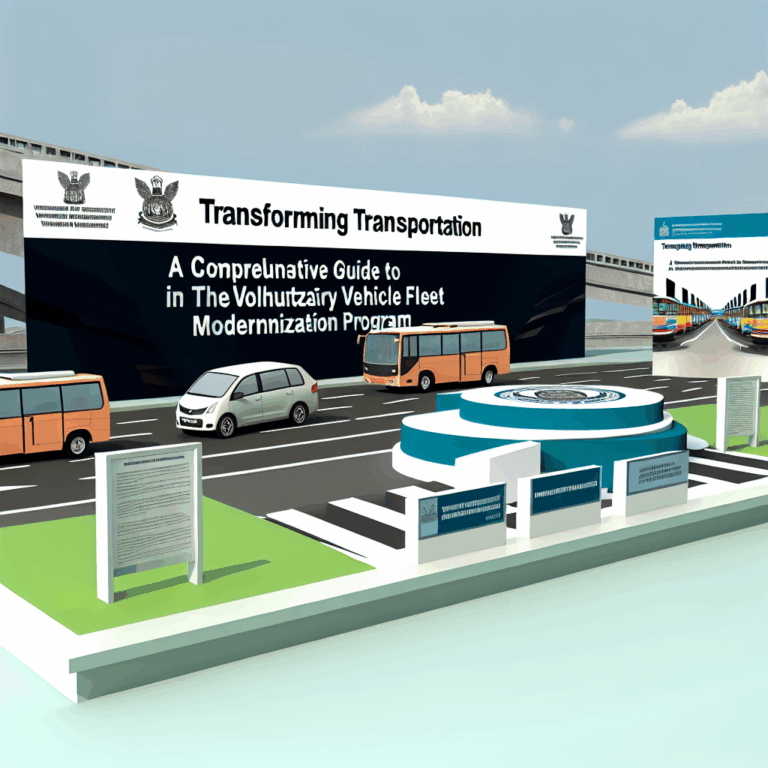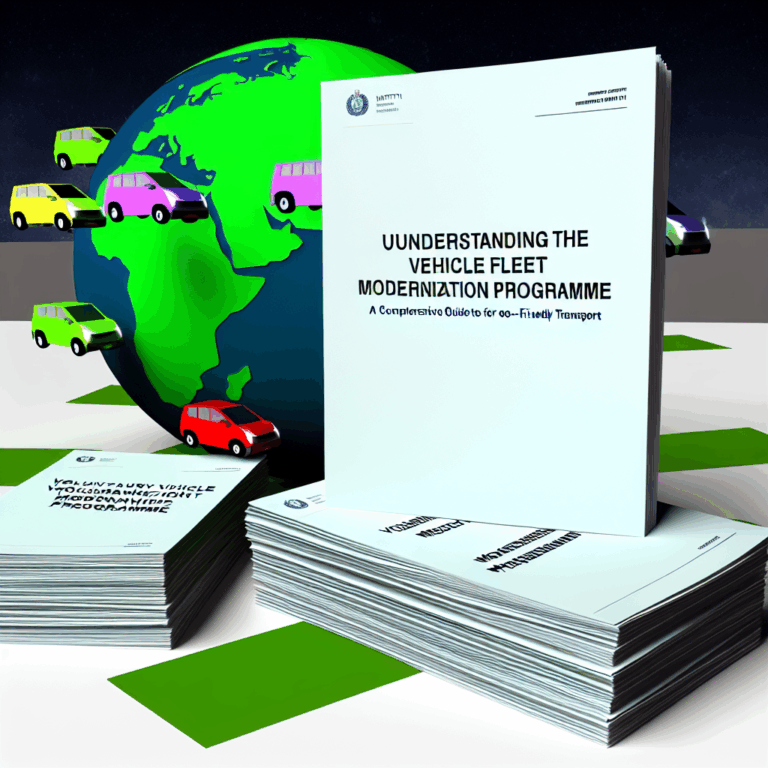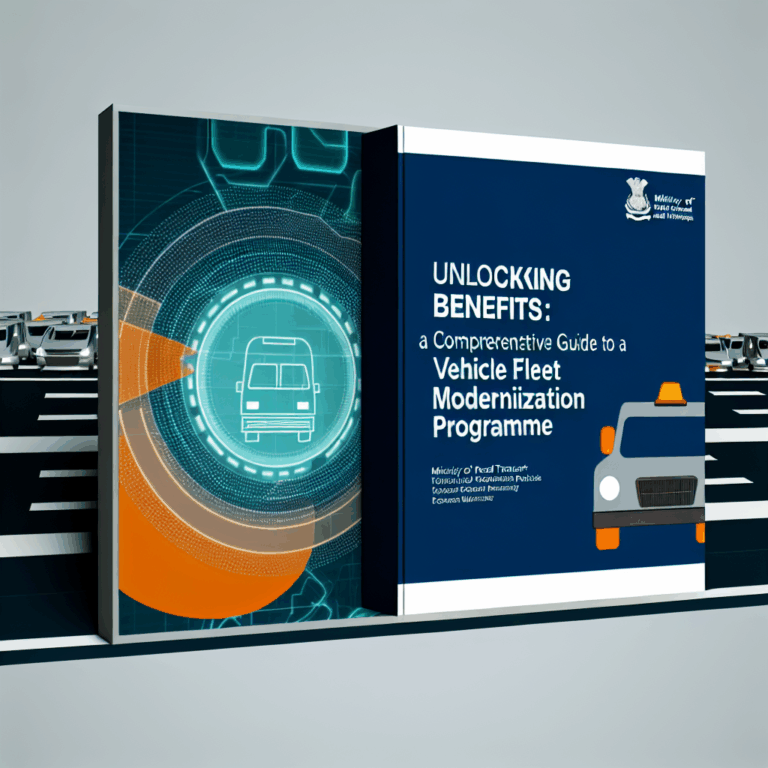Copyright @ 2023 www.digimitr.com. All rights reserved.

Empowering Rural India: A Comprehensive Guide to Deendayal Antyodaya Yojana – National Rural Livelihoods Mission (DAY-NRLM)
Discover the important features of the government scheme titled “Empowering Rural India: A Comprehensive Guide to Deendayal Antyodaya Yojana – National Rural Livelihoods Mission (DAY-NRLM)”. This scheme is overseen by the relevant ministry and focuses on providing benefits to eligible beneficiaries.
Here is a comprehensive overview:
The Deendayal Antyodaya Yojana – National Rural Livelihoods Mission (DAY-NRLM) is an ambitious government initiative launched by the Ministry of Rural Development in India. Launched in 2011, this program aims to reduce poverty in rural areas by promoting self-employment and skill development. The name “Antyodaya” translates to “upliftment of the poorest,” emphasizing its objective to provide sustainable livelihoods for rural households. The mission targets ensuring that all rural households have access to at least one member getting self-employment or wage employment.
Eligibility Criteria
DAY-NRLM is designed to benefit a wide range of rural populations, particularly focusing on poor and marginalized segments. The primary eligibility criteria for participating in this scheme include:
- Residents of rural areas in India.
- Individuals or households belonging to the Below Poverty Line (BPL) category.
- Women and Scheduled Castes/Tribes are given special preference.
- Communities that are organized into Self-Help Groups (SHGs).
These criteria aim to ensure that the intervention reaches those who need it most, empowering them through economic independence and sustainable practices.
Key Features and Benefits
DAY-NRLM is rich in features aimed at transforming the rural economy through multifaceted approaches:
- Self-Help Groups (SHGs): The mission encourages the formation of SHGs to provide collective strength, thus promoting savings and facilitating credit access.
- Skill Development Programs: Various skill development initiatives have been rolled out under the mission that focuses on training individuals in various trades and agricultural practices.
- Financial Inclusion: The program works towards providing access to formal banking and financial systems for individuals, reducing their dependency on informal credit sources.
- Panchayat Empowerment: The mission supports decentralized governance by involving panchayati raj institutions in the planning and implementation of livelihood programs.
- Resource Allocation: Emphasizing sustainable livelihood solutions, resources are allocated for agriculture, animal husbandry, fishery, and other viable sectors.
The benefits accrued from DAY-NRLM include increased incomes, enhanced self-esteem among rural women, improved community collaboration, and better access to markets.
Application Process
The application process for participating in DAY-NRLM typically involves the following steps:
- Formation of SHGs: Interested individuals need to form or join existing self-help groups. These groups must meet regularly and maintain a savings and credit ledger.
- Documentation: Participants need to provide documentation to establish eligibility, including proof of residence and income status.
- Training Sessions: Groups are encouraged to attend training sessions organized by local governing bodies or Non-Governmental Organizations (NGOs) associated with the mission.
- Accessing Financial Services: Once the group is formed and trained, members can approach banks for credit facilities that support their chosen livelihood activities.
The process is intended to be inclusive and accessible, allowing rural populations to transition into productive members of the economy.
Funding and Budget
The DAY-NRLM receives significant acclaim due to its structured funding approach. The mission is funded both through central and state governments, wherein the cost sharing is usually in the ratio of 75:25 for general category states, and 90:10 for special category states. For the fiscal year 2022-2023, the budget allocation for DAY-NRLM was approximately INR 4,500 crores, underscoring the commitment to rural development. This budget goes towards training, capacity building, seed capital for SHGs, and operational costs.
Achievements or Impact
DAY-NRLM has systematically achieved significant milestones since its inception:
- Over 6.5 crore families have been supported in forming SHGs, promoting savings and collective action.
- Women’s empowerment has markedly increased, with a reported 70% membership in SHGs being women.
- The mission has fostered the emergence of numerous micro-enterprises, leading to self-employment opportunities.
- Access to credit has improved, with bank linkage for SHGs exceeding INR 1.5 lakh crores.
The grassroots approach of DAY-NRLM has demonstrated a ripple effect in enhancing the overall standard of living in rural areas.
Challenges (if any)
Despite its successes, the DAY-NRLM faces several challenges:
- Awareness: Limited knowledge about the benefits and processes of the scheme among rural populations hinders participation.
- Implementation Gaps: Variability in state-level implementation may lead to uneven access to resources and training.
- Financial Dependency: Some SHGs face challenges in becoming fully self-sustained, relying heavily on government support.
Overcoming these challenges requires ongoing training, community engagement, and increased awareness efforts.
Recent Updates
In recent years, the mission has adapted to incorporate digital tools, emphasizing digital financial literacy and online market linkages. The COVID-19 pandemic necessitated a shift in strategies, with survivors benefiting from emergency support and food security measures. The focus on sustainable development has also led to partnerships with organizations for skilling youth in new-age trades such as Information Technology and e-commerce.
Conclusion
The Deendayal Antyodaya Yojana – National Rural Livelihoods Mission (DAY-NRLM) plays a pivotal role in transforming the socio-economic landscape of rural India. By fostering self-help groups and ensuring skill development, it is making strides towards poverty alleviation and greater financial inclusion. While challenges persist, ongoing adaptations and community involvement are strategies that will help sustain its impact in empowering rural populations.
FAQ
1. What is the main goal of DAY-NRLM?
The primary goal of DAY-NRLM is to reduce poverty by promoting self-employment and wage employment in rural areas, thereby ensuring that every rural household has access to sustainable livelihoods.
2. How can rural individuals become part of the DAY-NRLM?
Rural individuals can join or form self-help groups (SHGs) and participate in training programs facilitated by local NGOs or government organizations to qualify for the benefits of the mission.
3. Is there a specific focus on women within the DAY-NRLM framework?
Yes, the program particularly emphasizes women’s empowerment, with a significant majority of self-help group members being women, ensuring that they have equal opportunities for financial independence.
For more information, check out official government site,
Official government website or relevant source not provided.
Stay updated on related schemes and initiatives using hashtags: #Empowering #Rural #India #Comprehensive #Guide #Deendayal #Antyodaya #Yojana #National #Rural #Livelihoods #Mission #DAYNRLM
Share your thoughts about this scheme in the comments below!





